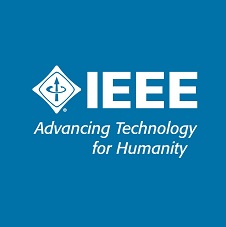FINAL REMARKS
The vast diversity of devices that the Internet of Things (IoT) will bring into our environment in the very near future opens a window of necessity and opportunity to classify them into classes that facilitate their best administration and utilization. Therefore, the development and implementation of classification methodologies to structure catalogs of devices and ”connected things” is becoming more, and more, relevant everyday. For instance, in order to implement communications protocols and operation standards for emerging wireless device area networks (WDAN) [2], it is necessary to define categories in order to attend, in an efficient and easy manner, the enormous diversity of different issues that the IoT presents. The classification approach that was presented along this paper to create device categories with similar features, proved to be an easy alternative to understand and structure a set of devices that are very different in nature. The results that were presented are logical in the semantics level, and the algorithms used could be easily implemented and applied to many other sets of data, for a variety of scenarios and classification objectives. Also, the classification ruler that was obtained, proved to be a good and efficient solution to implement categories that are not obvious from an initial definition of a ”features table”, and a appropriate means to provide useful information about the analyzed data set. The described classification methodology approach that was presented will be used by the authors at further studies on the communications dynamics that different device categories could experiment. This may include requirements and rules of communication for different classes of connected devices. The Internet of Things IoT presents exciting and motivating challenges for the future; nevertheless, the accomplishment of having a more connected society have never been so expected and close.








